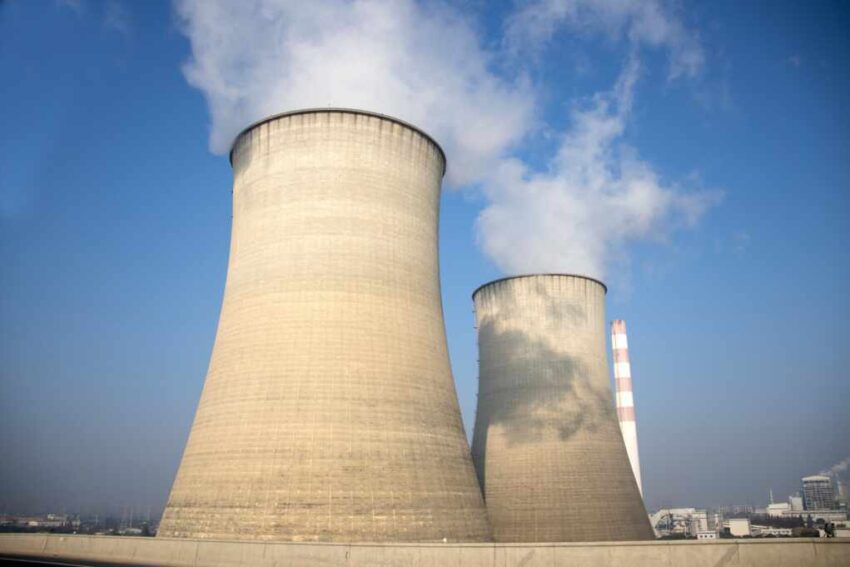Israel’s strikes on Iran’s nuclear facilities are not just sparking international outrage but are also raising the specter of a catastrophic radiological disaster.
At a Glance
- Israeli airstrikes have targeted key nuclear sites in Iran, including facilities at Natanz, Isfahan, and Fordow, raising the risk of a radiological event.
- The attacks have prompted global leaders to express deep concern about regional destabilization and the potential for a nuclear conflict.
- The International Atomic Energy Agency (IAEA) has warned of potential “radiological and chemical contamination” at the damaged Natanz installation.
- The strikes come amid stalled nuclear talks between the U.S. and Iran, further complicating diplomatic efforts.
- While no radiation leaks have been detected yet, the IAEA emphasizes that the risks remain high.
Radiological Risks and Global Alarm
Israel’s targeted strikes on Iran’s nuclear facilities have rattled the world, with concerns about nuclear and chemical contamination intensifying. The potential release of radioactive material into the atmosphere could lead to catastrophic health consequences.
As reported by Al Jazeera, Rafael Grossi, head of the UN’s nuclear watchdog, warned that the threat of contamination from the damaged Natanz facility is serious. Historically, similar actions have left regions vulnerable to chaos and long-lasting environmental impacts.
Regional and Global Implications
The aggressive move by Israel has increased global scrutiny. As detailed in a report from Euronews, many global leaders, including the EU’s chief diplomat, have expressed grave concerns over the heightened risk of the military conflict spiraling into a nuclear confrontation.
“Amid these challenging and complex circumstances, it is crucial that the IAEA receives timely and regular technical information about the facilities,” Grossi said. He warned that without this information, the IAEA “cannot accurately assess the radiological conditions and potential impacts on the population and the environment.”
Historical Context and Future Considerations
This move by Israel echoes previous military strategies in the Middle East, including strikes against Iraq’s nuclear aspirations in the 1980s. However, today’s geopolitical climate presents far greater risks.
A report from Reuters notes that the strikes occurred amid ongoing, though stalled, U.S.-Iran nuclear talks, which only adds to the diplomatic complexity. The IAEA’s emphasis on safety protocols and immediate intervention underscores the fragility of handling nuclear facilities amid armed conflicts. The stakes are high, not just for the Middle East, but for the entire world. The interplay of strategic interests with a potential environmental crisis calls for urgent diplomatic engagement to forestall a catastrophe.
Click this link for the original source of this article.
Author: Editor
This content is courtesy of, and owned and copyrighted by, https://republicanpost.net and its author. This content is made available by use of the public RSS feed offered by the host site and is used for educational purposes only. If you are the author or represent the host site and would like this content removed now and in the future, please contact USSANews.com using the email address in the Contact page found in the website menu.







